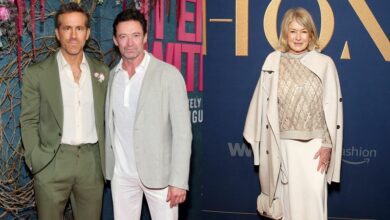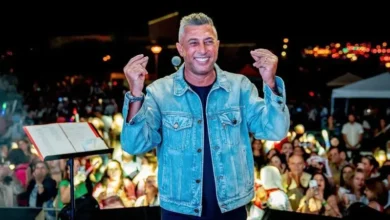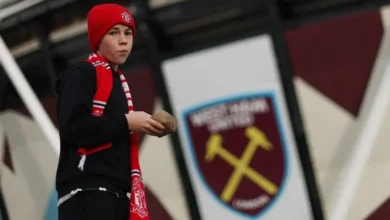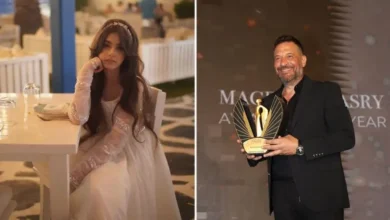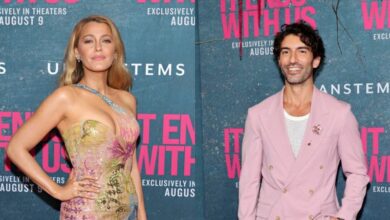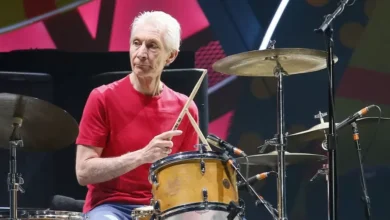‘Beatles ’64’ filmmakers try to explain the band’s impact
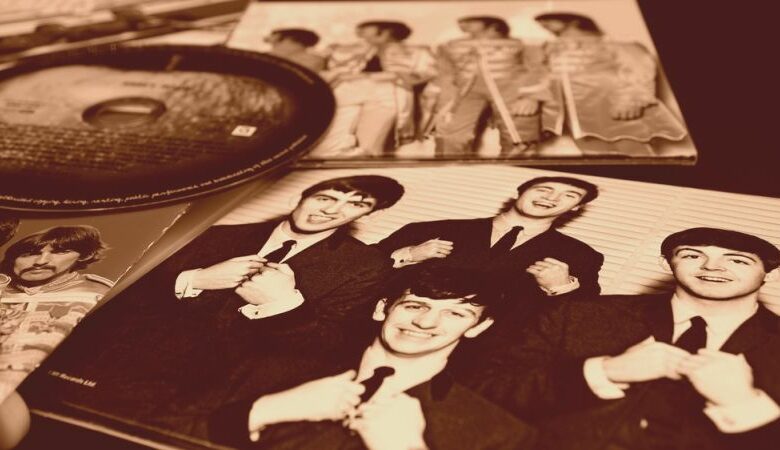
Director David Tedeschi and producer Margaret Bodde said their documentary, Beatles ’64, on Disney+ Friday, attempts to explain the impact the band had on fans in the ’60s.
The filmmakers began with footage Albert and David Maysels filmed of The Beatles on their 1964 trip to New York to perform on The Ed Sullivan Show.
Tedeschi and Bodde also interviewed people in the industry, like music producer Jack Douglas and critic Joe Queenan. Fans, like Vickie Brenna-Costa, who waited for the band at the Plaza Hotel, also had insight Tedeschi considered valuable.
“She talks about her spirit and their spirit and how in performance it comes together,” Tedeschi told UPI in a recent Zoom interview. “I thought that was beautiful, and it really added to my understanding of what music did for her.”
Musicians like Sananda Maitreya, Ron Isely and Smokey Robinson also reflect on The Beatles in the film. Bodde said many of their participants had a history of sharing insight into the British group.
“We did a lot of research on who had said really interesting things about the profound impact that the band had on their lives and that they still carry with them,” Bodde said.
One of the questions asked in the 1964 footage and addressed in contemporary interviews is: Why did the fans scream for The Beatles? Author and filmmaker Jamie Bernstein, daughter of the famed composer, Leonard Bernstein, is one expert who offers an answer.
“It was such a visceral experience, these young girls didn’t have a language to express it in any other way except scream,” Tedeschi said of Bernstein’s explanation.
Bodde credited co-producers Apple Corp, The Beatles’ company, with connecting the filmmakers with fans and collectors. Joe Sherov filmed The Beatles arriving by limo with an 8mm camera, and that 8mm footage is in Beatles ’64.
“There’s a young man who is running alongside the limo shooting
into the car where the Beatles are,” Bodde said of Sherov. “That took a while, though, to get to that point where you were actually going to be able to utilize some of that footage.”
The filmmakers interviewed Paul McCartney and Ringo Starr in the present. Tedeschi said the singer and drummer were refreshingly forthcoming.
“In the British Embassy, Paul says they’re being badly treated, they’re treated like they’re low class by these posh embassy employees,” Tedeschi said. “Paul says, ‘You know what? We didn’t give a flying [expletive].'”
The filmmakers also visited McCartney at his Eye of the Storm photo exhibit at the Brooklyn Museum. Starr was also taking photos during their 1964 trip to the United States.
“We’re lucky that they were such a phenomenon that there are so many photographs,” Bodde said. “All of that visual documentation allows them to live those moments, I think, a little bit more clearly.”
The surviving Beatles learned something new about their history during those interviews. Starr was presented with a small piece of plywood that supported him on the stage at tours, which he never noticed while playing.
“It’s emblematic for me that Ringo’s response when he sees that little strip of wood that is the only thing keeping him from falling off the rostrum is, ‘I only fell off once. It only happened one time,'” Tedeschi said.
Beatles ’64 also shows that the band was not universally beloved in the ’60s. Some parents forbade their children to listen to or watch The Beatles.
“There was an establishment that just didn’t like The Beatles,” Tedeschi said. “You have the great war correspondent, Eric Sevareid, doing a piece for CBS where he compares the reaction to the Beatles to the German measles.”
Bodde pointed to an insight the late John Lennon shared in a television interview included in the film. Lennon says people have resisted rock ‘n’ roll since the beginning of the genre.
“There’s just something about rock ‘n’ roll that was very threatening to the establishment,” Bodde said. “It’s just a little too wild, a little too sexual, something that couldn’t be controlled apparently.”

